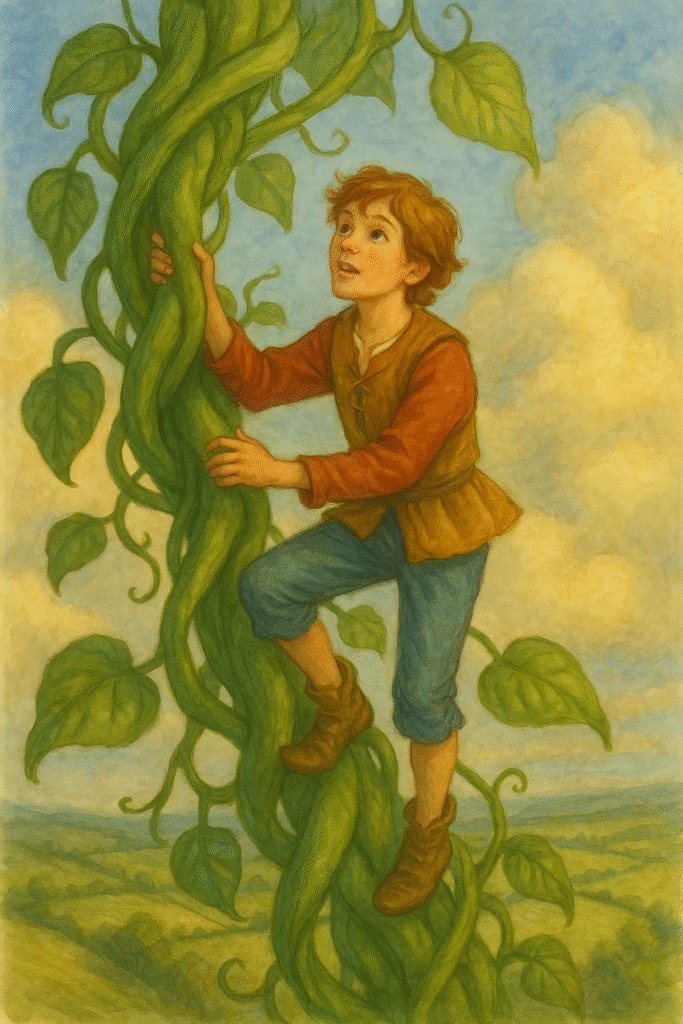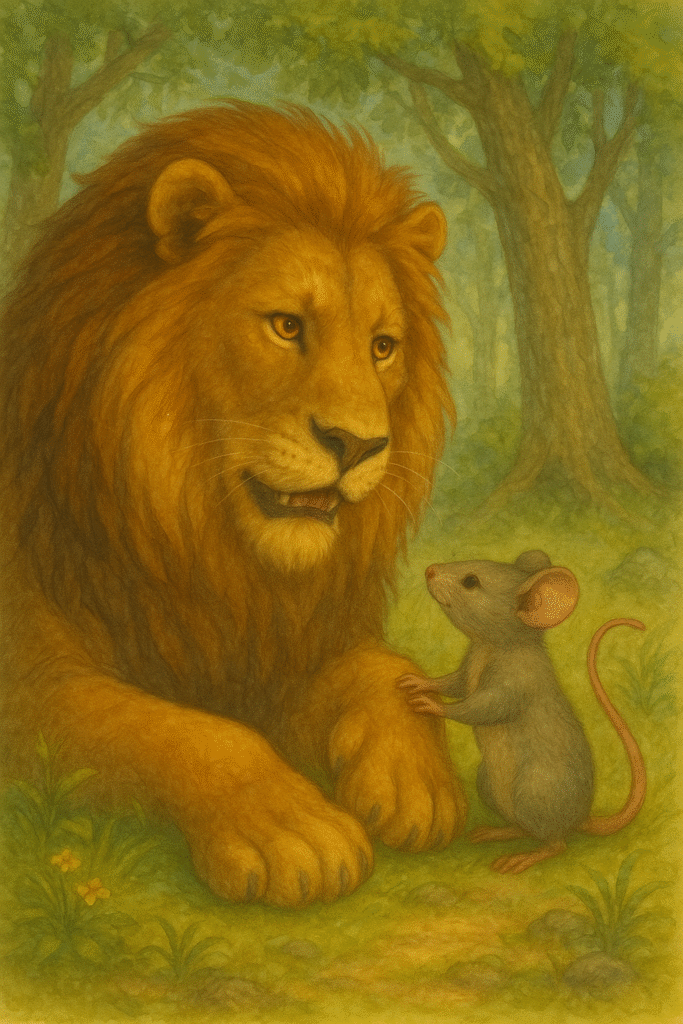Table of Contents
Introduction
In the magical world of fairy tales with morals, stories are more than just bedtime favorites—they are tools that mold character and values. As children journey through enchanted forests, meet magical creatures, or battle mighty giants, they’re also absorbing lifelong lessons. Welcome to Part 2 of our series on Fairy Tales with Morals, where we explore four more heart-touching stories that inspire, teach, and transform.
These carefully selected tales continue our goal to provide engaging content for kids while subtly instilling core values like compassion, bravery, and truthfulness. Let’s dive in!
1. Cinderella – The Power of Kindness and Patience
Fairy Tales with Morals don’t get more iconic than Cinderella. This universally loved tale tells the tale of a younger lady who endures cruelty from her stepmother and stepsisters however remains kind and affected person in the course of.
Moral of the Story:
No matter how difficult life gets, kindness and patience ultimately bring rewards.
Why It Matters:
Children examine that revenge isn’t always the answer. Instead, being mild, respectful, and hopeful—even in adversity—can open the door to magical effects.
This story stands out in the global of fairy testimonies with morals because of its enduring message: the best-hearted are in no way forgotten, even if the odds are stacked towards them.
2. Jack and the Beanstalk – Bravery with a Conscience
Jack and the Beanstalk is a thrilling ride filled with giants, magic beans, and a courageous young boy. But more than just an adventure, it’s a rich example of fairy tales with morals that encourage bold thinking—yet remind children to understand the consequences of their actions.
Moral of the Story:
Bravery and curiosity are important, but so is making responsible choices.
Why It Matters:
Kids are naturally curious, and this tale allows them to explore the fine line between bravery and recklessness. Jack’s story reinforces that bold actions must come with a sense of accountability—a key lesson in all good fairy tales with morals.
3. The Lion and the Mouse – Even the Small Can Be Mighty
This tale from Aesop’s Fables remains a classic in the collection of fairy tales with morals. It’s a short yet powerful narrative about how kindness and gratitude transcend size and strength.
Moral of the Story:
No act of kindness is ever wasted, and even the smallest friend can make a big difference.
Why It Matters:
It helps kids understand that everyone matters. Encouraging empathy, especially for those who may seem different or “less powerful,” helps build a sense of inclusion and compassion—core traits every fairy tale with a moral aims to instill.
4. The Ugly Duckling – Embracing Who You Are
Hans Christian Andersen’s The Ugly Duckling is one of the most heartwarming fairy tales with morals ever written. It follows a bit bird that’s ridiculed and excluded until he grows right into a lovely swan.
Moral of the Story:
True beauty comes from within, and everyone blooms in their own time.
Why It Matters:
This tale gently teaches children about self-esteem and personal growth. It reassures kids who may feel “different” that their time to shine will come. It’s among the most emotionally resonant fairy tales with morals, reminding young readers to stay true to themselves.
Why Continue Reading Fairy Tales with Morals?
In a fast-paced digital world, children need consistent moral grounding. That’s why fairy tales with morals hold such enduring value. They do more than entertain; they educate subtly, using imagination and storytelling.
When kids read or listen to these tales:
- They learn empathy through characters’ struggles and victories.
- They absorb ethics without lectures or pressure.
- They develop creativity while understanding right from wrong.
The stories in this second part of the series build on Part 1’s foundation, offering deeper lessons wrapped in charming, unforgettable plots.
Parenting Tip: How to Use Fairy Tales with Morals at Home
Here’s how you can make these tales even more impactful:
- Story Discussions: After reading a story, ask your child what they think the lesson was. This strengthens comprehension.
- Creative Role-Play: Act out scenes together. It helps in emotional understanding.
- Moral Journals: Encourage kids to write or draw what they learned from each story.
Incorporating fairy tales with morals into bedtime routines or classroom sessions creates a safe space for children to explore emotions, consequences, and ethical choices.
A Global Connection Through Stories
What’s extremely good is that these fairy tales with morals go beyond cultural limitations. Versions of Cinderella, The Ugly Duckling, and The Lion and the Mouse exist in multiple languages and codecs across the globe. This method kids anywhere, no matter geography, can connect over shared values and undying training.
Building a Future with Strong Foundations
As we wrap up Part 2, remember this: the stories we tell children shape the people they become. By choosing fairy tales with morals, you’re not just offering them fantasy and fun—you’re gifting them the seeds of character and conscience.
We’ll continue this journey in Part 3, where more hidden gems from around the world will bring new lessons to light.





